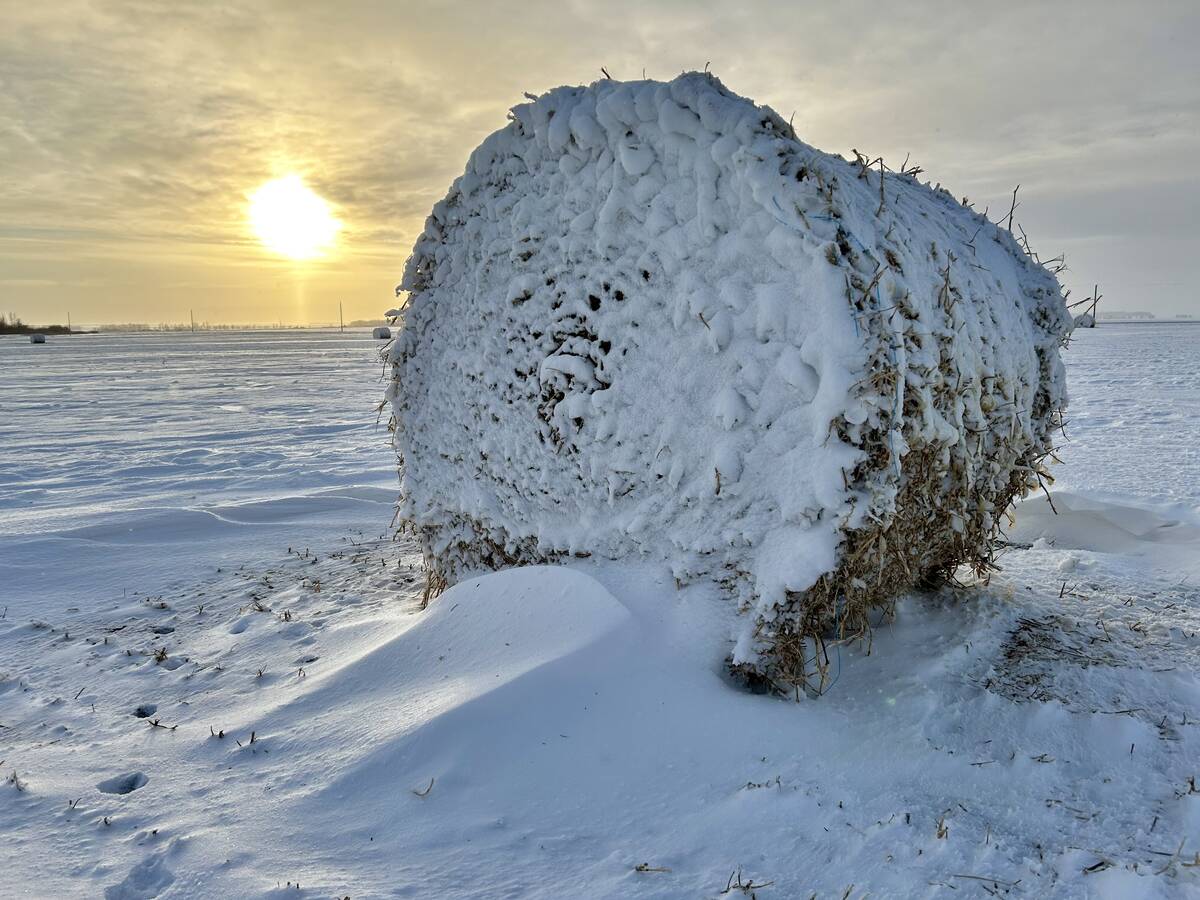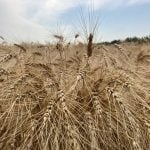Glacier FarmMedia—Warmer conditions helped crops across Manitoba advance in their development during the week ended July 21, according to the province’s weekly crop report.
While some parts of Manitoba didn’t receive any precipitation during the week, the wettest location was Manitou in the central region with 41.3 millimetres of precipitation. Richer in the eastern region was not far behind at 39 mm. Since May 1, most growing areas of the province had at least 35 per cent higher-than-normal amounts of precipitation.
Spring wheat quality in Manitoba was the highest in the northwest and Interlake regions at 80 per cent good to excellent. The central region’s spring wheat crop was 75 per cent good to excellent, while eastern Manitoba was at 70 per cent and the southwest region was at 65 per cent. Spring wheat development ranged from anthesis to hard dough, while most oat and barley crops were in the milk stage.
Read Also

Prairie forecast: Northwest flow ushers in a wintery pattern across the Prairies
Manitoba and Saskatchewan can expect cold temperatures to settle in. Alberta will benefit from some moderating influences, with colder temperatures not expected to last long.
Most corn crops were in the V8 to V10 stages with the most advanced fields beginning to tassel. Fall rye was in the late to dry dough stages with harvest to start at the end of July at the earliest. Most winter wheat stands were in the hard dough stage while some showed crop maturity and dry down.
Warm temperatures accelerated flower blast for canola as the earliest seeded fields were starting to fill pods. Varied planting dates and excess moisture have caused sunflowers to range from late vegetative to early R2 growth stage. Most flax fields were in the first to full flower stages with overall conditions rated good, except for fields saturated with water.
Field peas were in the R3 and R4 stages, but fields in the central and eastern regions were faring poorly due to excess moisture. Hot humid conditions led to rapid growth in soybean crops, which are now in the R1 and R2 stages. Iron deficiency chlorosis could still be found in some fields, but most have recovered.
First-cut harvest of alfalfa fields was completed by 90 per cent of dairy producers in the eastern region, with 35 per cent completing a second cut. Some are using grass intended for hay as bale silage. Beef producers were progressing with first cut of tame hay stands, but low-lying areas still need time to dry. Yields for hay stands were good, but quality remained a concern with rain showers preventing hay from becoming dry. Some tame hay fields are producing two to 2.5 tonnes per acre. Meanwhile, corn silage fields are faring well in hotter temperatures while in the V8 to V10 stages.
Alfalfa was in the flowering stage as pastures for livestock were in excellent condition. Grassy areas have grown well, cattle pairs are in excellent conditions and bulls have been placed with cows. However, producers were still on the lookout for foot rot and pink eye. Water supplies were plentiful with dugouts 95 per cent full.
















